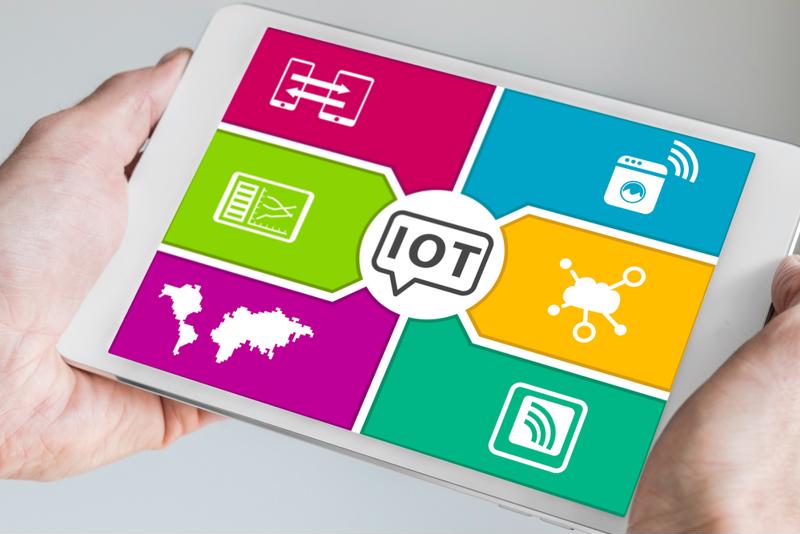
The increasing digitization of the supply chain is taking many forms, all occurring simultaneously across industries and around the world. Automating data management and analysis processes that previously required laborious hands-on work is one of the key strains of modernization. Another concerns the way information is collected: The machines that power the supply chain are being networked together, with each becoming an automatic source of valuable real-time data. The industrial internet of things is made up of these connected devices.
The potential advantages of IIoT projects are easy to grasp. When data collection and sharing features are deeply embedded in essential machinery, there's never any shortage of content for analytics processes. A real-time stream of content is powerful fuel for decision-making engines, allowing businesses to know when they need to make precise adjustments to save time and money.
The status of the IIoT
While the potential of the IIoT is beyond doubt, the actual progress of the technology remains inconsistent. Not every organization has digitized its systems, and the clock is ticking for these businesses to make their move. Recent research by satellite company Inmarsat revealed both the tremendous upside of the IIoT and the various issues keeping supply chain organizations from completing their transitions into digital enterprises.
As for the potential financial impact, the Inmarsat report revealed companies expect they'll see an annual revenue increase of 10 percent due to the IIoT within five years. The operational efficiency gains that come from having intelligent machines communicating with one another are significant, and businesses are hoping to transform their supply chains to meet this streamlined model. To make these solutions work correctly, companies need to build data infrastructure.
The research also pointed to the specific challenges holding companies back from the more digital and effective operations they crave. The main culprit is security. Creating a linked network of new digital tools means generating potential new vectors for cybercriminals, and 56 percent of respondents stated they need more security. A comparatively small but still meaningful 34 percent of companies don't have the connectivity infrastructure they need to make the IIoT work within their supply chains.

According to an industry overview by NelsonHall, the large companies working on implementing more intelligent solutions aren't necessarily planning to completely revamp their operations. Instead, they're interested in enforcing incremental change and making their current strategies better and more efficient. On the whole, big companies are keeping out of the "disruption" business. While there could be unexplored potential in transforming the way a supply chain works at a base level, corporate logistics departments would rather adjust their formulas than disrupt them.
In addition to the supply chain, NelsonHall found organizations changing their operations in related and complementary areas. For instance, manufacturing and industrial processes are also receiving the IIoT treatment. When factory machinery is capable of sending and receiving data, it can connect with shipping and warehousing systems to ensure each department expends the bare minimum amount of resources. Logistics transformation efforts will get further if departments other than the supply chain are equipped with the sensors of the IIoT.


Post A Comment:
0 comments so far,add yours